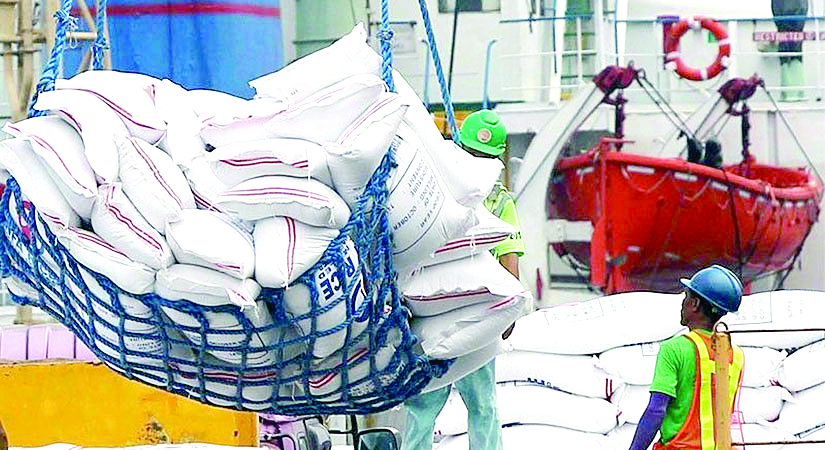Kenya faces rice squeeze as India extends ban on export
By John Otini, November 24, 2023In a significant development impacting global rice markets, India, the world’s leading rice exporter, is anticipated to extend its ban on overseas sales well into next year.
The decision is poised to keep rice prices near their highest levels since the 2008 food crisis. According to experts, Prime Minister Narendra Modi’s government wants to ensure adequate supplies at home and to cool price increases as he ramps up preparations to seek a third term in the 2024 general election.
The move has sent ripples across nations heavily reliant on Indian rice, with Kenya being among the affected importers, on account of the country’s high dependence on imports from the Asian country.
“Rice is tough because there is just not a lot of other suppliers,” Joseph Glauber of the International Food Policy Research Institute in Washington told Bloomberg.
International trade
Kenya imports from India of rice was $84.2 million in 2021, according to the United Nations COMTRADE database on international trade as per data last updated on November of 2023.
Kenya, a key importer of Indian rice, is particularly vulnerable to the prolonged export ban. Out of the 15 destinations for India’s rice, 10 are situated in Africa, with Kenya prominently featured among them.
Kenya imported a substantial 630,000 tonnes of rice in 2021, amounting to a staggering Sh31 billion.
In stark contrast, Kenya’s local rice production stood at a mere 186,000 tonnes, underscoring its heavy reliance on external sources to meet domestic demand.
India, responsible for producing over 40 per cent of the world’s exported rice, has enforced restrictions on non-basmati rice exports, contributing to a surge in prices.
Reports indicate that rice prices have soared to a 15-year high, presenting challenges for countries heavily dependent on Indian rice to meet their consumption needs. The sustained ban on Indian rice exports is poised to exacerbate the economic challenges faced by countries like Kenya.
With a significant portion of its rice supply chain dependent on Indian imports, the soaring prices are likely to impact not only household budgets but also broader economic stability.
As Kenyan authorities grapple with the potential repercussions, there is a growing concern about the need for diversification of rice sources and strategies to enhance domestic production.
The situation raises questions about the global rice trade landscape and the vulnerability of import-dependent nations to policy changes in major exporting countries. As India navigates its own domestic priorities, countries like Kenya find themselves compelled to explore alternative sources and strategies to mitigate the impact of rising rice prices on their economies. The coming months will reveal how nations adapt to this shifting dynamic and whether collaborative efforts emerge to ensure food security and stable pricing in the face of evolving global trade policies.
Kenya imports 80 per cent of its rice from Asia and Tanzania to meet the demand for rice consumption which is estimated at 20.6 kilos per capita.
The country produces between 100,000 and 130,000 tonnes of milled rice while demand is around 1 million tonnes.
Rice paddy
According to data from the Kenya National Bureau of Statistics, Kenya imported 630,910 tonnes of rice last year valued at Sh31.14 billion ($252.9 million), however, only 186,000 tonnes of rice paddy were produced locally.
For the past decade, India has been a major player in global rice exports.
However, to maintain domestic supplies and curb price surges, the Indian government has imposed export duties and minimum prices. Notably, certain rice varieties, including broken and non-basmati white rice, are prohibited from export.
